Q & A with #ISCACONNECT Gold Partner: InfraBuild

InfraBuild and ISCA Share The Same Sustainability Goals
What Does Sustainability Mean to InfraBuild?
InfraBuild (formerly LIBERTY OneSteel) understands it has an important role to play in promoting sustainable practices right across the construction supply chain.
We have over 100 years’ experience in the manufacturing, processing, distribution and supply of steel to Australia’s construction, manufacturing, mining and rural sectors. We’re Australia’s largest manufacturer and supplier of structural and reinforcing steel, including hot rolled structurals, pipe and tube, rod, reinforcing bar, wire products and rail.
As a key supplier and partner to the construction industry, with approximately 80 per cent of the steel we manufacture used in the sector, we’re ideally placed to take a leading role in driving towards sustainability in the built environment.
We have placed environmental considerations at the centre of our strategic decision-making by making sustainability one of our three Core Values of ‘Family, Sustainability, Change’. Under our new brand name, we’re undergoing a transformation process that allows us to harness integrated solutions that can reduce our carbon footprint, shorten the supply chain, upgrade skills, stimulate new technologies and deliver for our customers.
InfraBuild is one of #ISCACONNECT’s Gold Partner sponsors. Tell us about InfraBuild’s decision to join the conference as an event partner?
ISCA’s mission to improve the productivity of industry and communities through sustainability in infrastructure aligns with InfraBuild’s own strategic vision. Being a Gold Partner to the #ISCACONNECT conference demonstrates our firm commitment to sustainability. And it helps us establish strategic partnerships with companies looking to implement sustainable initiatives that can reduce water consumption, minimise waste, promote renewable energy sources and increase recycled content in the materials supply chain.
We’re proud to have been an early adopter of ISCA’s ISupply program by being one of the very first companies to be recognised in the ISupply Directory when it was launched in 2018. We see this as an important commitment to our role as a long-term responsible and sustainable supplier to Australia’s infrastructure projects.
We recently supported the development and release of version 2.0 of the IS rating tool, which recognises and rewards initiatives that further economic and social sustainability in infrastructure projects.
How is InfraBuild Taking The Lead on Sustainability?
InfraBuild takes a proactive approach towards delivering sustainable outcomes by striving for continuous improvements in our sustainability performance.
Our commitment to sustainability includes optimising the eco-efficiency of steel products through their lifecycle. This means increasing resource and energy efficiencies and increasing the use of renewable energy]in the manufacture and distribution of our steel products.
InfraBuild Recycling is one of the largest metals recycling business in Australia, supplying scrap steel to our manufacturing facilities in Victoria and New South Wales to reduce our reliance on limited resources and the amount of material going to landfill. In 2018, InfraBuild produced approximately 1.2 Mtpa of steel using recycled steel and scrap metal. In the same period, we repurposed 215,000 tonnes of waste products.
Of major benefit to our construction partners is that InfraBuild offers five Environmental Product Declarations (EPDs) for its range of structural and reinforcing steel products – these EPDs provide transparent information about the environmental impact of a product throughout its lifecycle.
You Have Some Interesting News to Tell Delegates About InfraBuild’s EPDs?
In mid-2019, InfraBuild undertook a review of its EPDs with the assistance of thinkstep to understand how they have evolved since they were first launched in late 2016. There have been a number of changes in the products covered by EPDs – and our analysis has produced some very exciting findings.
We look forward to reporting on the outcomes of our work at the #ISCACONNECT Conference this October.
What Does The Future Hold for InfraBuild?
We are planning and operating our business for the long-term and building a legacy for the future. Our GREENSTEEL Strategy helps inform that vision by outlining ways in which we can transform our operations and our industry by means of innovation and efficiency. We aim to promote greater use of recycled materials, operate facilities closer to our key markets and increasing the proportion of renewable energy we use in our manufacturing mix. At the same time, through our sister company SIMEC ZEN Energy, we will continue to invest significantly in renewable energy assets.
Ultimately, our goal is to support the construction sector through innovation, collaboration and sustainable business practices to enable the construction of increasingly sustainable cities made up of structurally efficient and sustainable infrastructure and buildings that citizens can use now and well into the future.
Find out more about Infrabuild here.
.png.aspx)
.png.aspx)

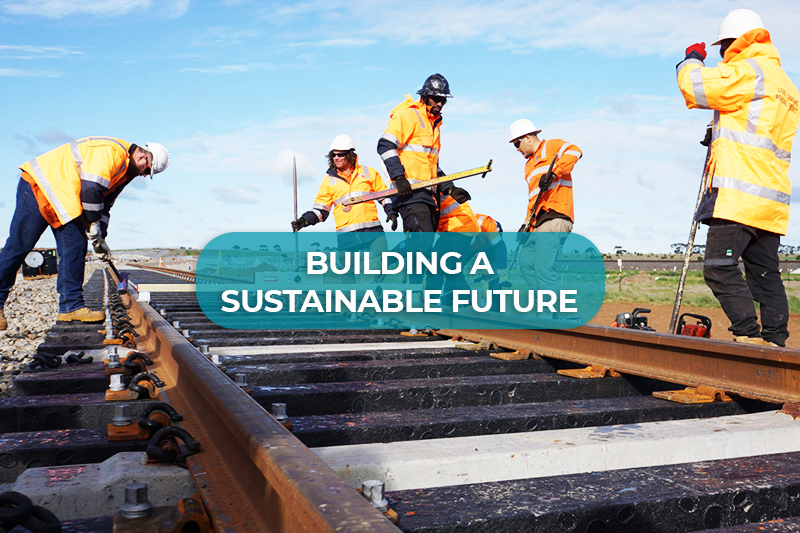
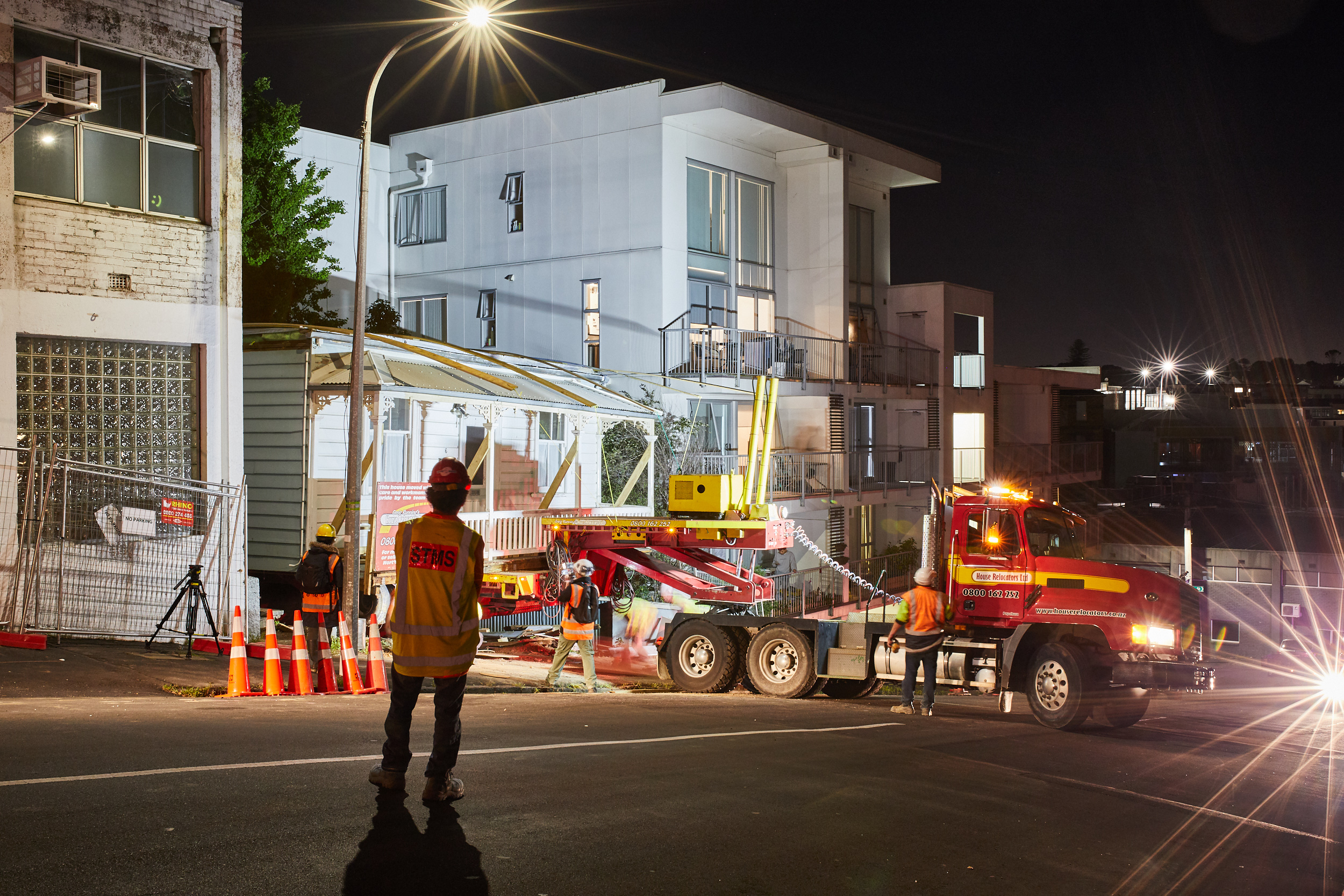


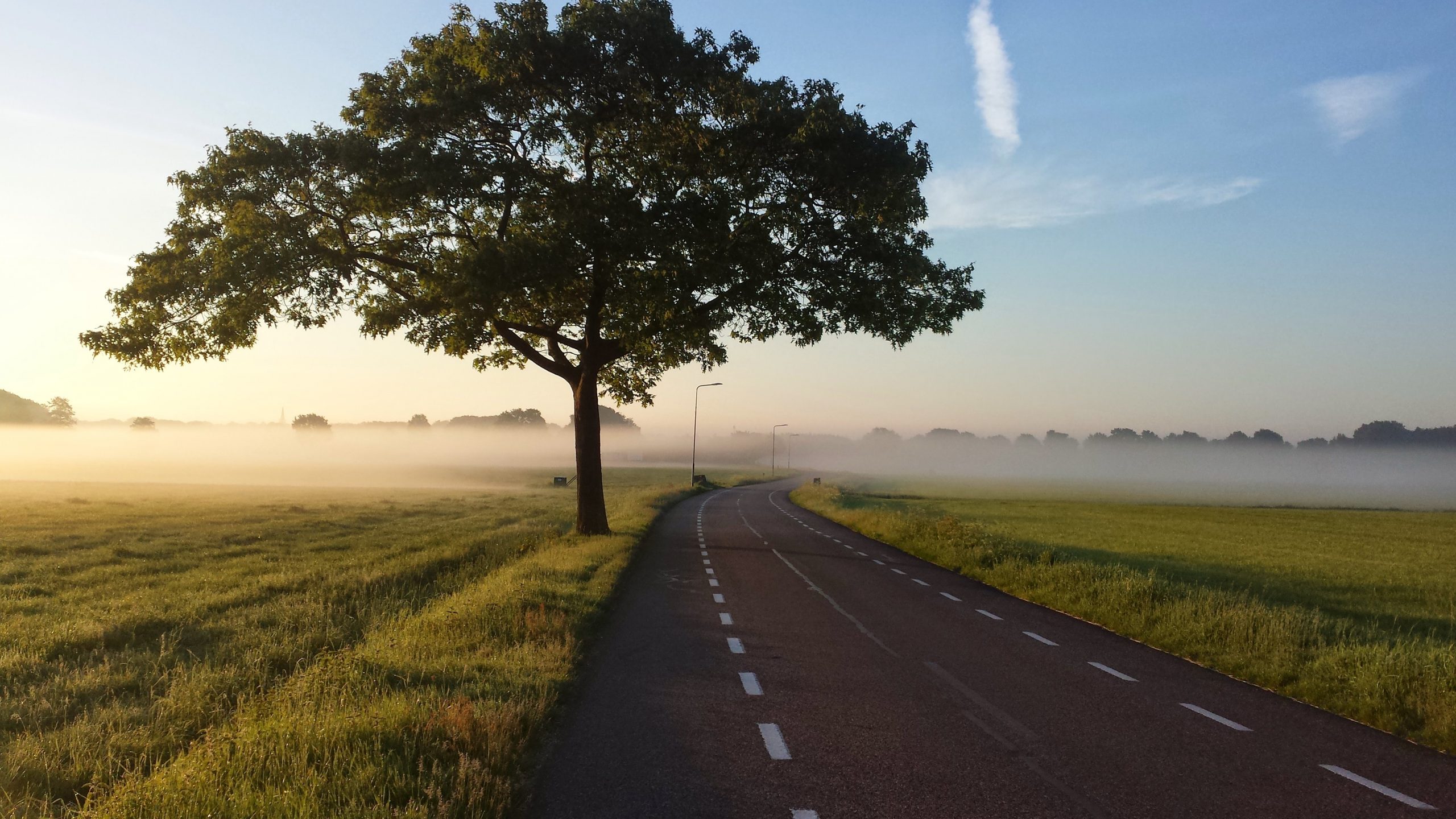
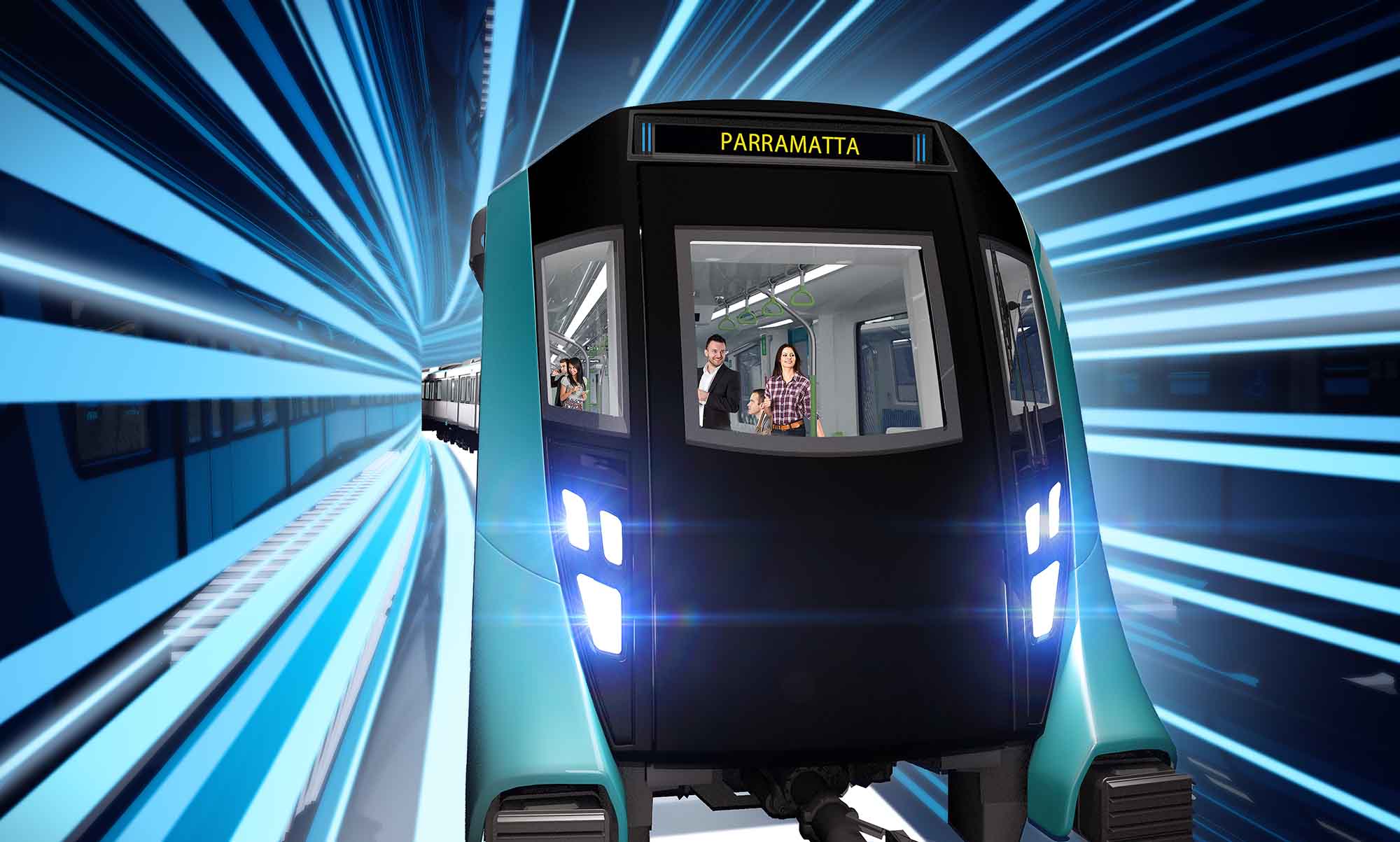
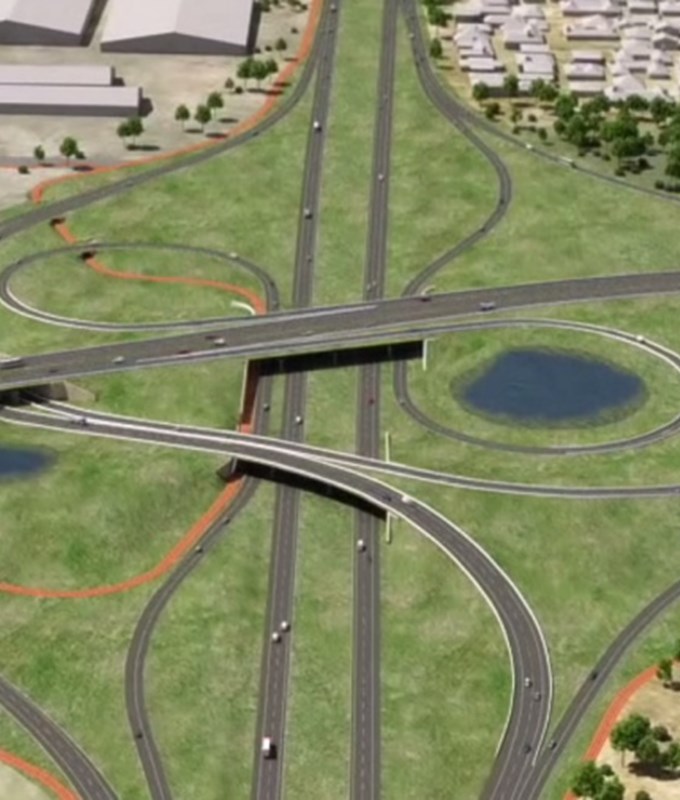


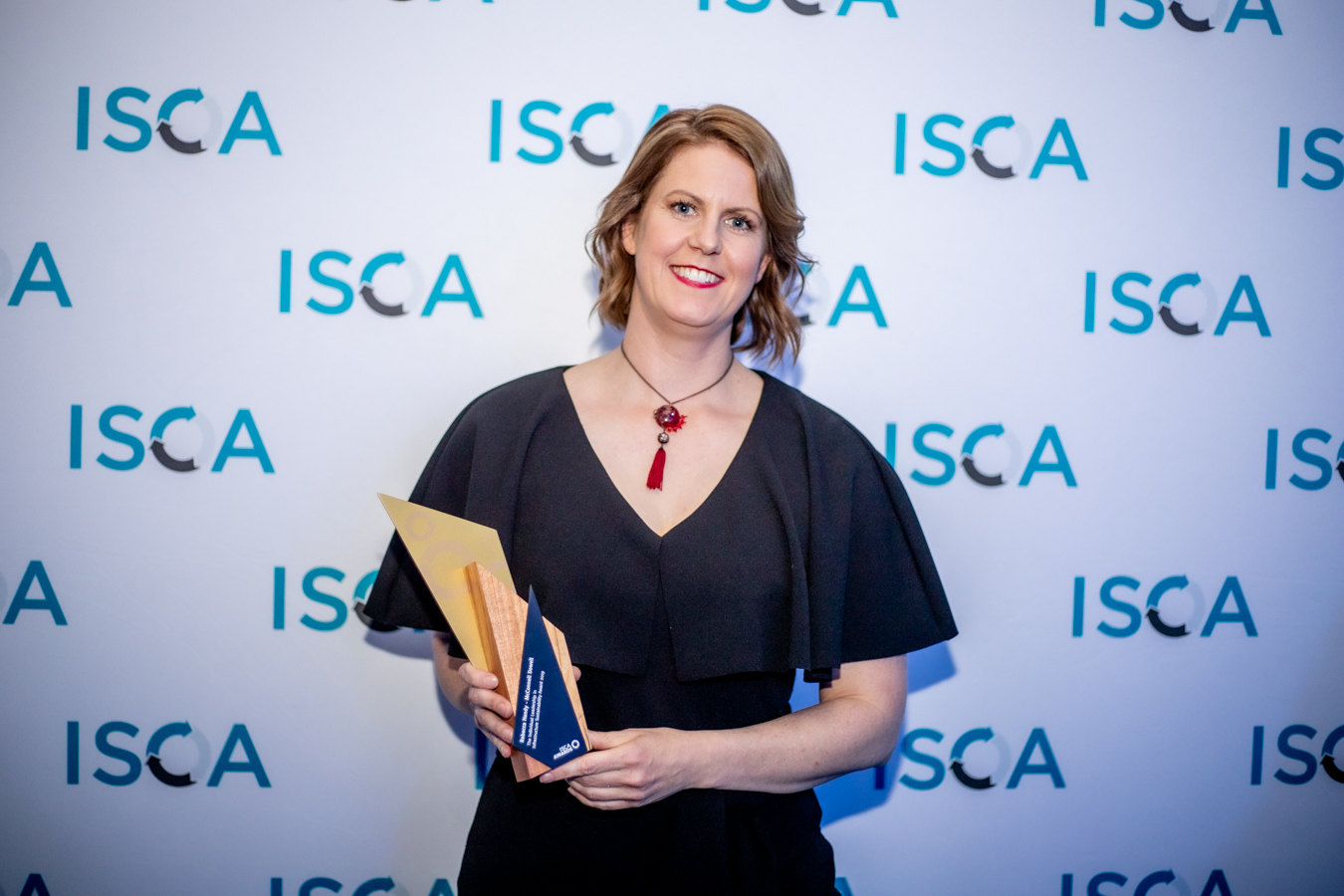

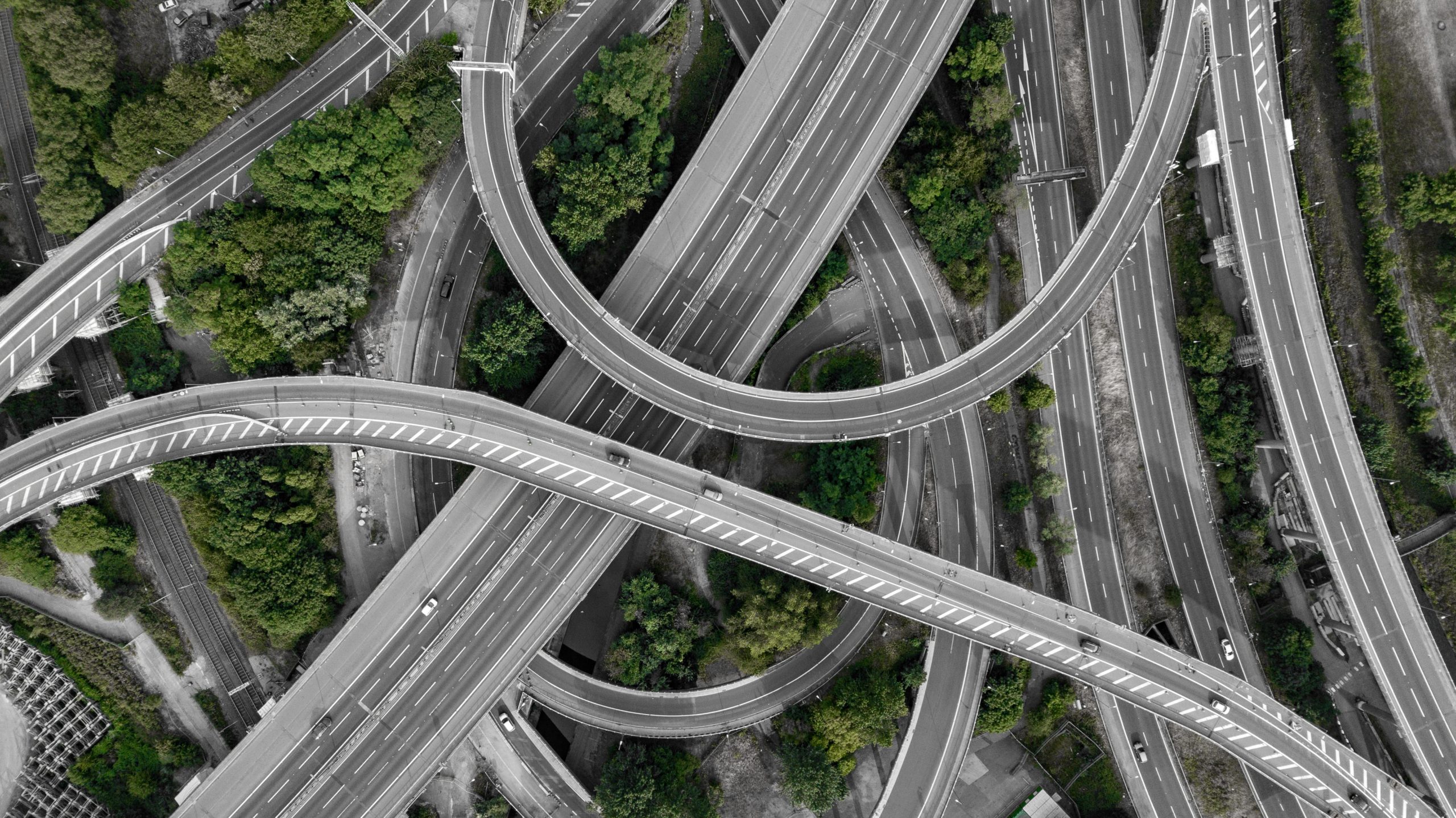
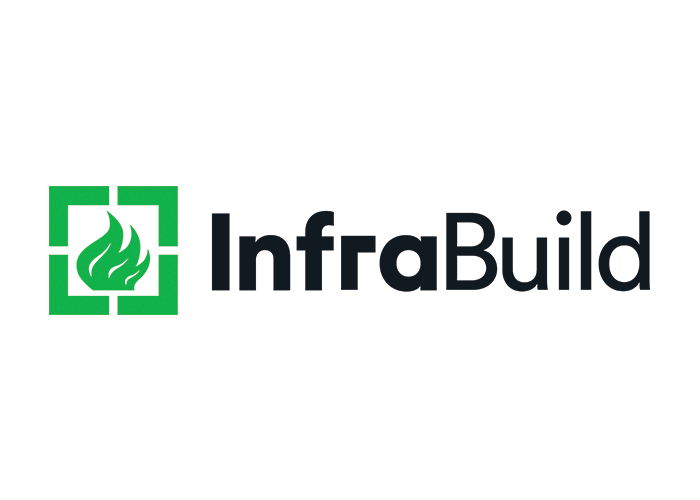


.jpg.aspx)